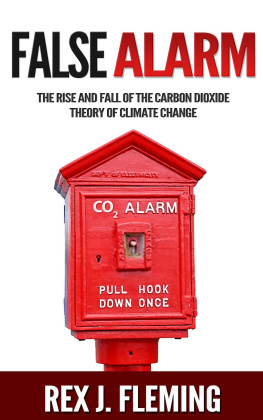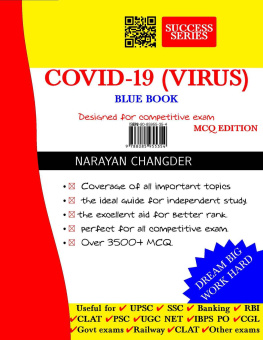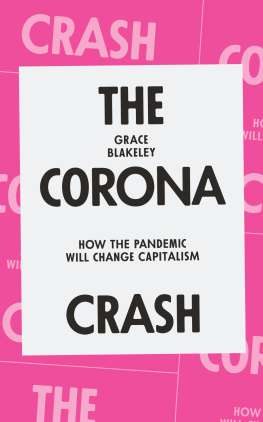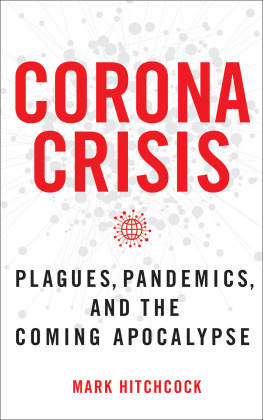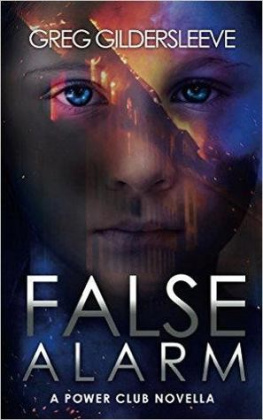CORONA
FALSE ALARM?
Facts and Figures
Karina Reiss & Sucharit Bhakdi
Chelsea Green Publishing
White River Junction, Vermont
London, UK
Copyright 2020 by Goldegg Verlag GmbH, Berlin and Vienna.
Originally published in Germany by Goldegg Verlag GmbH, Friedrichstrae 191 D-10117 Berlin, in 2020 as Corona Fehlalarm?
English translation copyright 2020 by Goldegg Verlag GmbH, Berlin and Vienna.
All rights reserved.
No part of this book may be transmitted or reproduced in any form by any means without permission in writing from the publisher.
Translated by Monika Wiedmann and Deirdre Anderson
Author photos: Peter Pullkowski/Sucharit Bhakdi; Dagmar Blankenburg/Karina Reiss
Cover design: Alexandra Schepelmann/Donaugrafik.at
Layout and typesetting: Goldegg Verlag GmbH, Vienna
This edition published by Chelsea Green Publishing, 2020.
Printed in the United States of America.
First printing September 2020.
10 9 8 7 6 5 4 3 2 120 21 22 23 24
Our Commitment to Green Publishing
Chelsea Green sees publishing as a tool for cultural change and ecological stewardship. We strive to align our book manufacturing practices with our editorial mission and to reduce the impact of our business enterprise in the environment. We print our books and catalogs on chlorine-free recycled paper, using vegetable-based inks whenever possible. This book may cost slightly more because it was printed on paper that contains recycled fiber, and we hope youll agree that its worth it. Corona, False Alarm? was printed on paper supplied by Versa that is made of recycled materials and other controlled sources.
ISBN 978-1-64502-057-8 (paperback) | ISBN 978-1-64502-058-5 (ebook) | ISBN 978-1-64502-059-2 (audio book)
Library of Congress Control Number: 2020945206
Chelsea Green Publishing
85 North Main Street, Suite 120
White River Junction, Vermont USA
Somerset House
London, UK
www.chelseagreen.com
For our sunshine on dark days.
Jonathan Atsadjan
Acknowledgements
The authors owe a great debt of gratitude to Monika Wiedmann for the initial translation from the German and to Deirdre Anderson for critical comments and valuable suggestions. Our heartfelt thanks to both for professional editing and proofreading of the final manuscript.
Contents
1
Preface
The first months of the year 2020 were characterised worldwide by a single nightmare: Corona. Dreadful images took wing from China, then from Italy, followed by other countries. Projections on how many countless deaths would occur were coupled with pictures of panic buying and empty supermarket shelves. The media in everyday life was driven by Corona, morning, noon and night for weeks on end. Draconian quarantine measures were established all over the world. When you stepped outside, you found yourself in a surreal world not a soul to be seen, but instead empty streets, empty cities, empty beaches. Civil rights were restricted as never before since the end of the Second World War. The collapse of social life and the economy were generally accepted as being inevitable. Was the country under threat of such a dreadful danger to justify these measures? Had the benefits that could possibly be gained by these measures been adequately weighed against the subsequent collateral damage that might also be expected? Is the current plan to develop a global vaccination programme realistic and scientifically sound?
Our original book was written for the public in our country and this translated version is tilted toward the German narrative. However, global developments have advanced along similar lines, so that the basic arguments hold. We have replaced a number of local events in favour of pressing new issues regarding the question of immunity and the postulated need for development of vaccines against the virus.
The intent of this book is to provide readers with facts and background information, so that they will be able to arrive at their own conclusions. Statements in the book should be regarded as the authors opinions that we submit for your scrutiny. Criticism and dissent are welcome. In scientific discussions, postulation of any thesis should also invite antitheses, so that finally the synthesis may resolve potential disagreement and enable us to advance in the interest of mankind. We do not expect all readers to share our points of view. But we do hope to ignite an open and much needed discussion, to the benefit of all citizens of this deeply troubled world.
In December of 2019, a large number of respiratory illnesses were recorded in Wuhan, a city with about 10 million inhabitants. The patients were found to be infected with a novel coronavirus, which was later given the name SARS-CoV-2. The respiratory disease caused by SARS-CoV-2 was designated COVID-19. In China, the outbreak evolved into an epidemic in January 2020, rapidly spreading around the globe () .
Coronaviruses co-exist with humans and animals worldwide, and continuously undergo genetic mutation so that countless variants are generated () . Still, due to their marginal clinical significance, costly measures for diagnosing coronavirus infections are seldom undertaken, searches for antiviral agents have not been prioritised, and vaccine development has not been subject to serious discussion.
Only two members of the coronavirus family reached world headlines in the past.
SARS virus (official name: SARS-CoV) entered the stage in 2003. This variant caused severe respiratory illness with a high fatality rate of approximately 10%. Fortunately, the virus turned out not to be highly contagious, and its spread could be contained by conventional isolation measures. Only 774 deaths were registered worldwide () .
When the news came from China that a new coronavirus family member had appeared on stage, the most pressing question was: would it be harmless like its normal relatives or would it be SARS-like and highly dangerous? Or worse still: highly dangerous and highly contagious?
First reports and disturbing scenes from China caused the worst to be feared. The virus spread rapidly and with apparent deadly efficacy. China resorted to drastic measures. Wuhan and five other cities were encircled by the army and completely isolated from the outside world.
At the end of the epidemic, official statistics reported about 83,000 infected people and fewer than 5,000 fatalities () , an infinitesimally small number in a country with 1.4 billion inhabitants. Either the lockdown worked or the new virus was not so dangerous after all. Whatever the case, China became the shining example on how we could overcome SARS-CoV-2.
More disturbing news then came from northern Italy. Striking swiftly, the virus left countless dead in its wake. Media coverage likened the situation to war-like conditions () .
Could it be that the intrinsic deadliness of one and the same virus varied, depending on the country and region it invaded? Not very likely, it seemed.
2
How dangerous is the new killer virus?
Gauging the true threat that the virus posed was initially impossible. Right from the beginning, the media and politicians spread a distorted and misleading picture based on fundamental flaws in data acquisition and especially on medically incorrect definitions laid down by the World Health Organization (WHO). Each positive laboratory test for the virus was to be reported as a COVID-19 case, irrespective of clinical presentation () , but because of incorrect designation, the number of cases surged and the virus vaulted to the top of the list of existential threats to the world.
Another serious mistake was that every deceased person who had tested positive for the virus entered the official records as a coronavirus victim. This method of reporting violated all international medical guidelines () . The absurdity of giving COVID-19 as the cause of death in a patient who dies of cancer needs no comment. Correlation does not imply causation. This was causal fallacy that was destined to drive the world into a catastrophe. Truth surrounding the virus remained enshrouded in a tangle of rumours, myths and beliefs.
Next page


